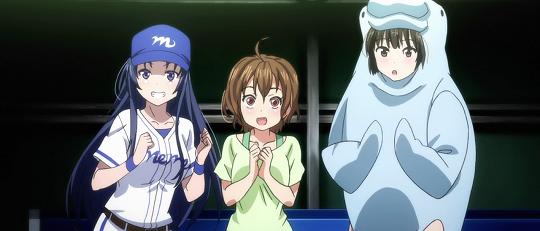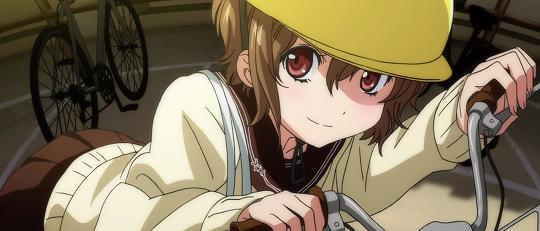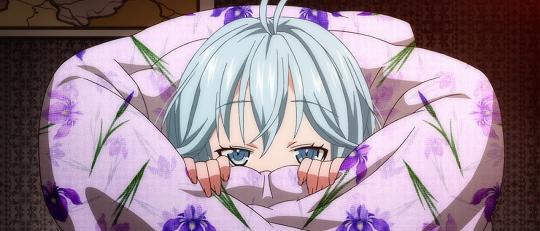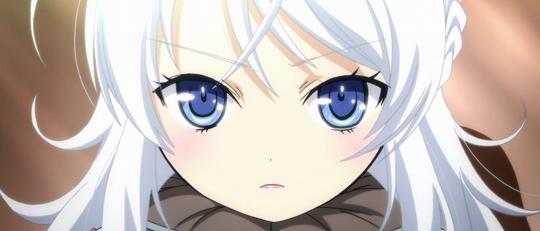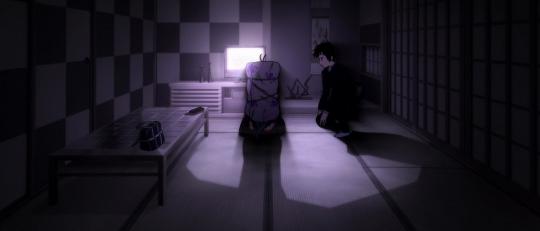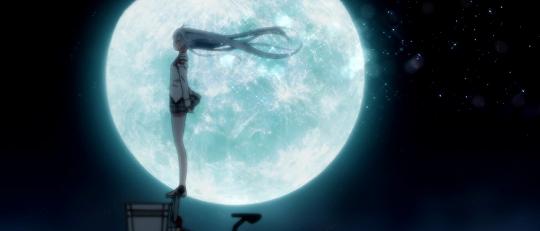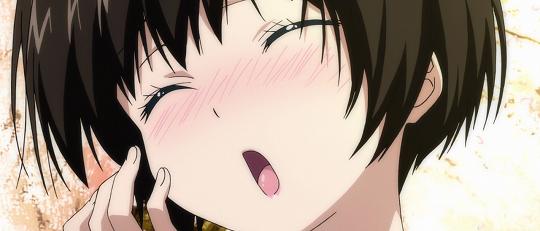A review of the Denpa Onna to Seishun Otoko anime series
On Plastic Nee-san, Koe de Oshigoto, Binbougami ga! and others
I have a confession to make: I often decide what anime to start watching based on gifs I come across on Tumblr. Which is how I came to watch Plastic Nee-san (Plastic Big Sister).

With thanks to Evangelikon for the gif.
Read the rest of this entry
A review of Senkou no Night Raid

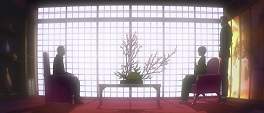


In my three episode preview of Senkou no Night Raid (Night Raid in a Flash / Night Raid 1931) I expressed my concerns over whether the series would sensitively deal with Japan’s questionable activities during that time period. I can safely say that it is all too aware of the feelings evoked by that era and is hyper cautious about stepping on anyones’ toes, perhaps even a little too cautious. For example, when it first aired, the series’ seventh episode was streamed rather than broadcast amidst rumours that the episode’s Japanese point of view on the events around the Mukden incident worried some TV executives.
at ideological odds to the hard scientific and political background the rest of the story has
That should give you an idea of the kind of emotions that, even 80 years later, revisiting 1930’s Japan can evoke. For America it may have been a time of prohibition and organised crime but in the prelude to the Second World War, Japan was embroiled in grand scale military imperialism in and around Korea and China. Buoyed by their successes during the Japan-Qing and the Russo-Japanese wars (the latter of which, bizarrely, was rather covered by the atrocious series Lime-Iro Senkitan), it’s at this turning point that Night Raid starts.
Read the rest of this entry
A review of the movie Hal
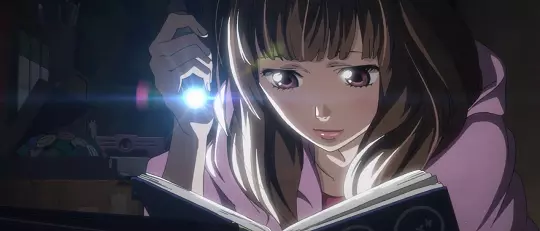
There’s a point about two thirds of the way through Hal (Haru) where, during a festival, two fan-bearers are just out of sync with one another during their routine. It’s obviously intentional and though a small touch, it’s indicative of this short, one hour, film as a whole: detail orientated.
Set in the near future, Hal’s plot concerns a care robot taking on the guise of a deceased person in order to help their partner overcome their all-encompassing grief at their passing. The detail then is not only in the sumptuous backgrounds and animation work by Production I.G. but also in the very subtle portrayals of the characters. So every furtive look, every motion is crafted to be as effortless and as natural as possible and to ensure that you’re never drawn out of the delicate story being told.
Please note: the remainder of this post contains very small spoilers for the film.
Read the rest of this entry
A review of the Mondaiji-tachi anime series

If you were in a hurry you could easily mistake Mondaiji-tachi’s premise for No Game No Life’s: bored children get transported to an alternate world where they join an underdog group and take part in sanctioned games to win glory and territory. Even though, it give it it’s full title, Mondaiji-tachi ga Isekai Kara Kuru Sou Desu yo? (Problem Children are Coming from Another World, aren’t they?) starts with the same kind of torturous lateral thinking that typifies NGNL, their core difference is that series’ reliance on the “games” is all-encompassing and its fantasy-tinged world is a lot more cohesive than the everything-and-the-kitchen-sink approach taken here.
one of them got to punch a dragon while another shoulder-locked a lycanthrope
Its poster child, Black Rabbit (who is for some reason primarily blue as well as sometimes pink), is a prime example of this. Bunny girls are few and far between in anime in general, far more often it’s cat girls and fox girls who steal the limelight, yet here, just in case bunny girls aren’t your thing, there are also cat girls. And dog girls. And vampires. And fairies. And lizard people. And weretigers. You get the idea. Coherence or even a united vision for the series’ world isn’t high on the list of priorities and it prefers to throw enough at you in the hope that some of it sticks.
Read the rest of this entry

